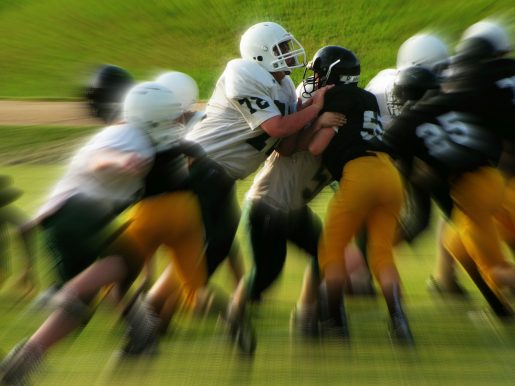Concussions 101

A concussion is a form of traumatic brain injury that occurs following an impact to the head. Symptoms can range widely, from feeling stunned and bewildered to loss of consciousness. Traumatic brain injuries cover a broad range of severity, extending from concussions to comas. Although concussions are often labeled as “mild” brain injuries, this description can be deceptive. While some individuals may quickly recover from a concussion with minimal or no lasting effects, others may endure more prolonged symptoms and disabilities after the incident.
“Falls, accidents, violence and sports-related injuries are all significant causes of concussion. Sports, and particularly football and boxing, carry special risk. It is increasingly clear that very small injuries over time, that may even fail to produce symptoms at that moment, may create a cumulative effect. As a result, you may not develop symptoms – generally cognitive or emotional – for months or years after the cumulative injuries,” said Dr. James McDeavitt, physiatrist and executive vice president and dean of clinical affairs at Baylor.
Symptoms
People often experience transitory symptoms such as momentary confusion, disorientation and potentially loss of consciousness. Concussions often leave people with physical symptoms such as neck pain, headaches and sensitivity to light. Some might experience cognitive issues such as difficulty processing information or trouble with multitasking. Behavioral changes include irritability, depression and stress.
“The key concept early on is to promote a period of relative rest from a sports and activities. From a cognitive perspective you may need to modify your work or school demands and limit stress until you’re fully recovered,” McDeavitt said.
Prevention
To effectively prevent concussions, starting with precautionary measures is key. Concussions frequently occur among the elderly, largely due to a heightened risk of falls. To mitigate this risk, it’s crucial to make the home environment safer by eliminating potential hazards. This includes securing or removing loose throw rugs that pose tripping risks and repositioning low-lying furniture to make it more visible. Organizing the home to minimize the need to walk long distances can also reduce the likelihood of falls. Enhancing lighting, especially for navigating spaces at night, can prevent stumbles and falls in dark areas, further safeguarding against concussions.
Bicycle and motor vehicle collisions are common, and often result in concussions or more serious brain injuries. McDeavitt stresses safety on the road:
- Wear a seatbelt in the car.
- Wear a helmet while riding a bike or motorcycle.
- Obey traffic laws and drive safely.
- Do not drive while impaired (fatigue, substances or being on your phone).
If your child is involved in organized sports, it’s essential to ensure that the overseeing organization is knowledgeable about concussions. They should be well-versed in recognizing a concussion, understand the necessary protocols and have a clear strategy for managing a concussion should one occur during a game.
Learn more about Baylor Medicine Physical Medicine and Rehabilitation.
By Homa Warren



